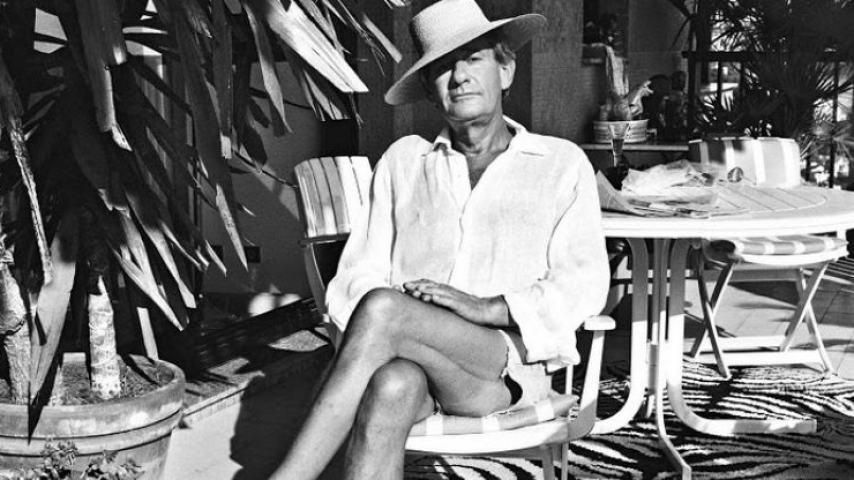
Photo Credits: Helmut Newton Foundation Instagram
Helmut Newton, the provocative and audacious photographer whose works pushed boundaries and redefined fashion, remains one of the most iconic and controversial figures in 20th-century photography. Born in Berlin in 1920, Newton’s work, marked by stark sensuality, surrealism, and a biting edge of voyeurism, found its way into the glossy pages of Vogue and Harper’s Bazaar, influencing both the world of fashion and the visual language of the late 20th century. But perhaps nowhere did Newton’s images take on a greater sense of allure than in the sun-drenched, decadent backdrop of Monaco.
Monaco, with its Mediterranean glamour and opulent lifestyle, was the perfect stage for Newton’s photography. The Principality, where old-world aristocracy collides with the jet-setting elite, set against the shimmering azure of the Cote d'Azur, provided a playground for Newton’s explorations of power, beauty, and sexuality. Throughout the years, Monaco became not just a destination for the famous and wealthy, but a recurrent setting in Newton's work—especially when paired with his trademark sense of daring.
Newton's vision of the world was always one where luxury and excess became a canvas for the exploration of taboo and the erotic. Monaco, already synonymous with grandiose wealth and the lifestyles of the rich and famous, was the perfect backdrop for his most striking and, at times, unsettling images. His works often placed women at the center of power dynamics, as strong, confident figures who were simultaneously enigmatic and dominating. The smooth, polished surfaces of Monaco’s streets, its vast yachts, and lavish hotels reflected the mirrored surfaces that Newton often used in his photography. The city itself, brimming with luxury and perfection, offered an ideal counterpoint to the tension and discord in Newton’s frames.
Among his many subjects, Monaco’s elite and royalty, particularly in the 1970s and 80s, served as a muse for his lens. Newton’s photography embodied the excesses of the time—each frame crafted with a sense of theatricality and presence that reverberated with the city's own aura. What made Monaco so special in the context of Newton’s art was its very nature—an oasis of modernity steeped in tradition, a space where he could explore the complexities of wealth, fame, and desire.
One of the most notable series that captured Monaco’s glamorous essence was Newton’s 1976 campaign for the luxury brand, Chanel. The images, taken in the opulent surroundings of the Hôtel de Paris and various coastal locations, feature models adorned in haute couture, often engaged in overtly sensual poses that challenged conventional notions of beauty and femininity. In the halls of Monaco’s storied hotels and on the docks of its ritzy harbor, Newton captured more than just the clothing; he immortalized an entire world—one of excess, contradiction, and an alluring blend of elegance and danger.
But what is it about Monaco that so perfectly suited Newton’s vision? Perhaps it is the city's contradictory nature, the clash between its historical gravitas and the modern world of wealth and celebrity, that aligns so well with Newton’s ability to depict scenes of tension, mystery, and eroticism. The Principality, known for its royal family and world-famous casino, presents an almost cinematic, larger-than-life view of life. Whether it was the crisp white yachts moored in the marina or the grand palaces where the rich mingled with royalty, Monaco seemed tailor-made for Newton’s distinctive, stylized portrayal of sensuality.
Helmut Newton was not just a photographer of fashion but a chronicler of a certain class, time, and attitude. His lens captured not only the luxury of Monaco’s surroundings but also the complex and often uncomfortable relationships between those who inhabit it. Newton’s images—sharp, surreal, and deliberately provocative—were not designed to merely celebrate beauty; they aimed to challenge it, question it, and often provoke discomfort in the viewer.
Newton, a master of his craft, gave us more than just beautiful images of beautiful people in glamorous settings; he offered us a lens through which we could see the world in all its glory and contradiction. And Monaco, with all its shine and splendor, will always be a part of that narrative.

